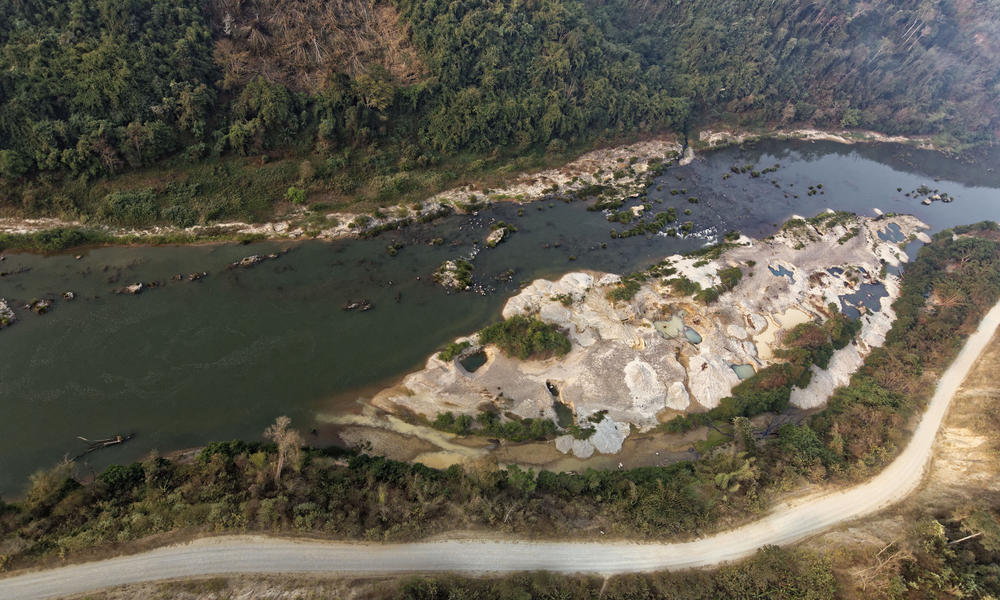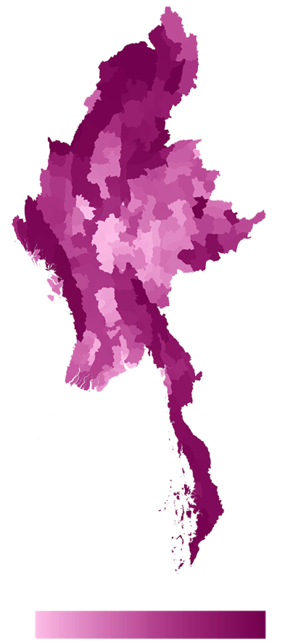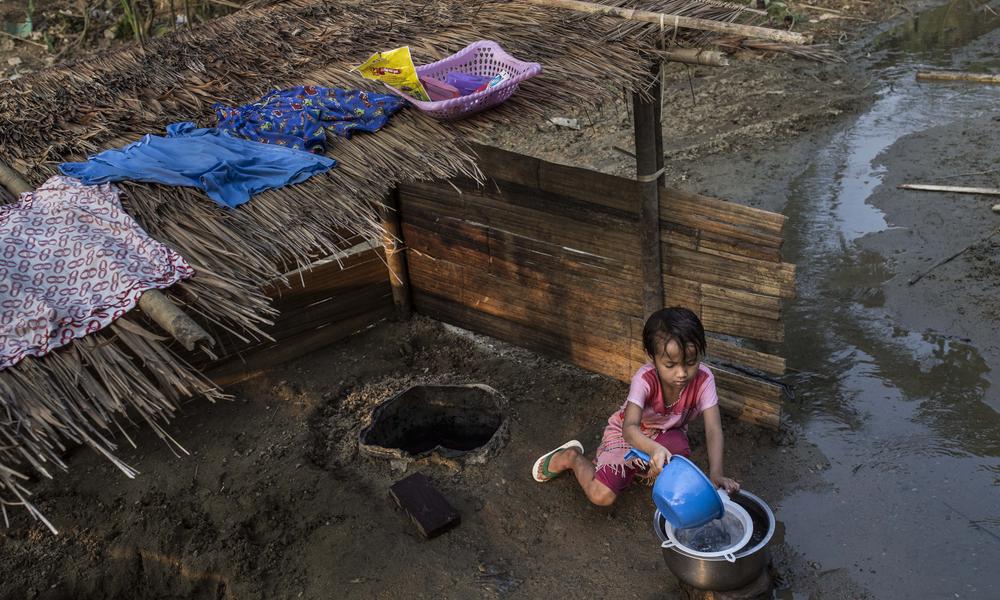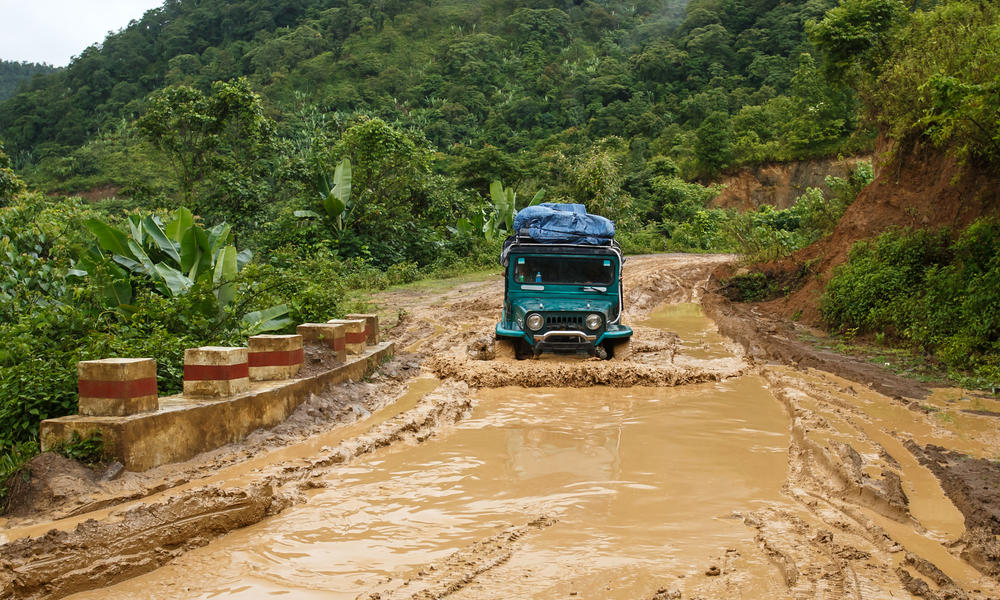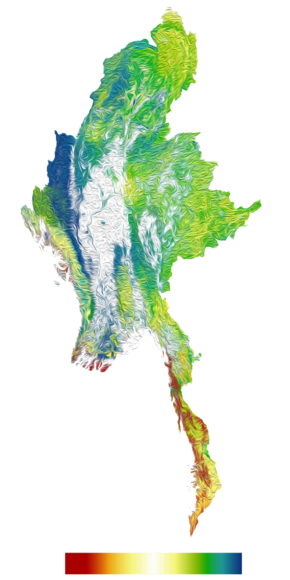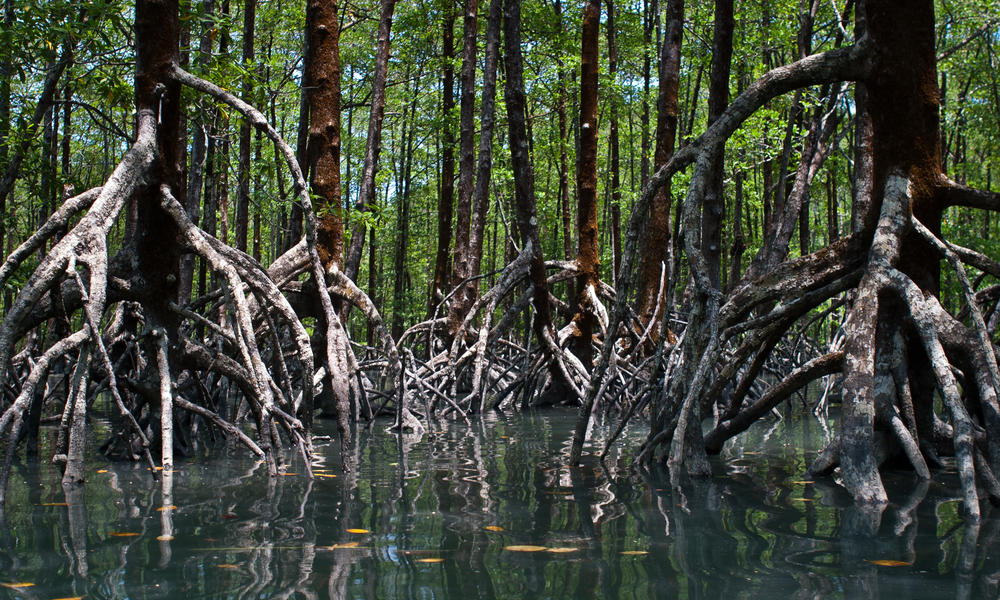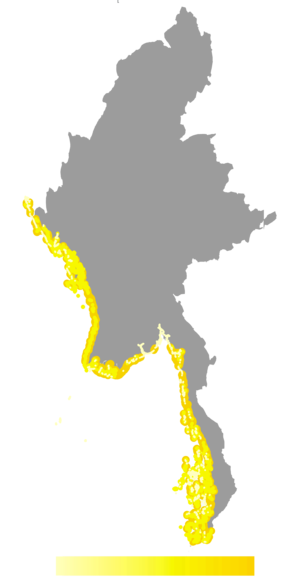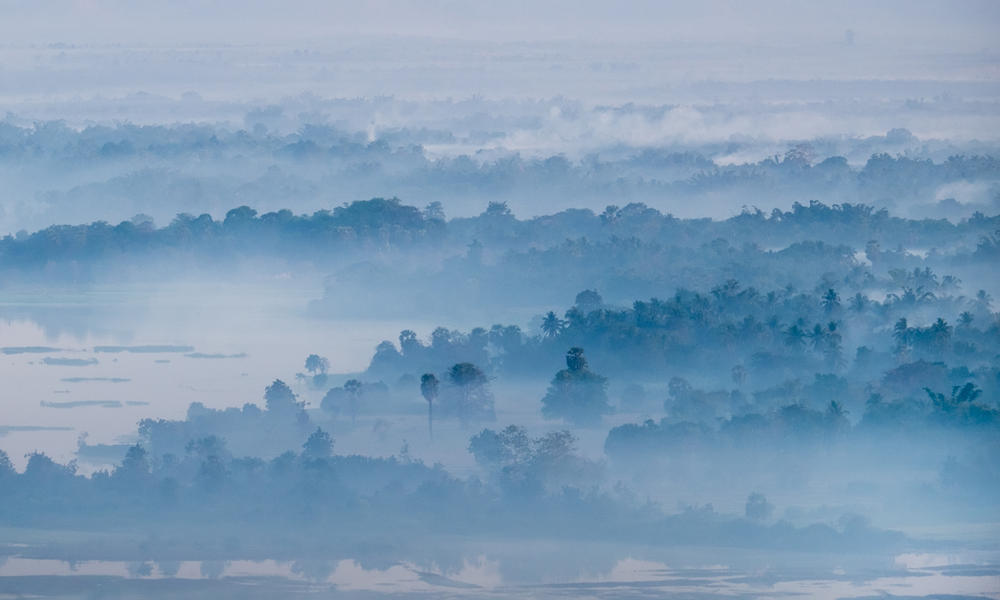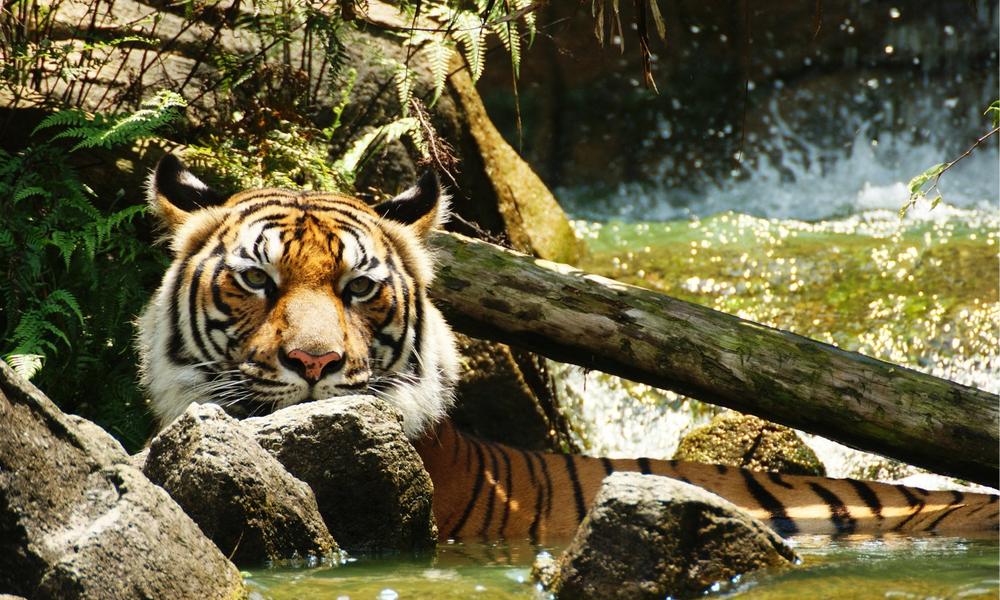Myanmar: Balancing Conservation with Growth
Myanmar is undergoing rapid change. After decades of isolation, the country is transitioning to democracy and foreign investment is pouring in. A key issue for the country now is balancing the unprecedented growth it is experiencing with conservation and climate resilience. Without balance, the businesses that depend on natural resources to thrive will suffer. So will people and wildlife—all who rely on natural resources to survive. The country’s forests help purify drinking water, its mangroves help protect people from coastal storms, its rivers are habitat for endangered fish, and more.
Creating balance now—before nature is overexploited and its resilience is weakened in exchange for short-term economic gains—is critical. One way to do so is by taking stock of the country’s natural resources.
A new assessment led by WWF at the request of the Government of Myanmar does just that. The assessment includes information about where the country’s natural resources are located, what benefits they provide to people, and how those benefits will change under different climate change and development scenarios. WWF hopes decision makers in Myanmar will use this information about natural capital when they are creating plans and policies related to the economy, energy, agriculture, land use, foreign investment, building the country’s resilience to climate change, and more.
